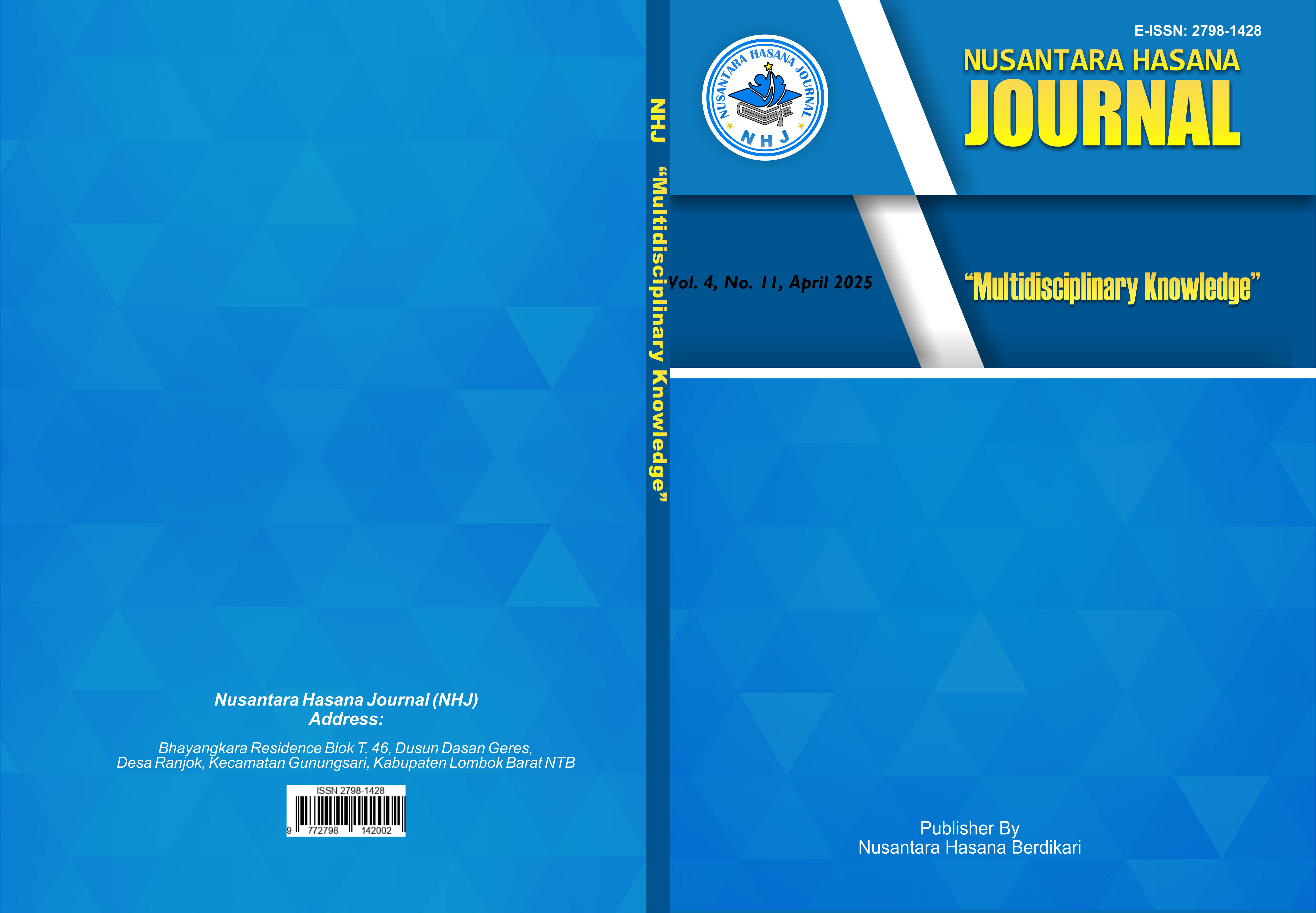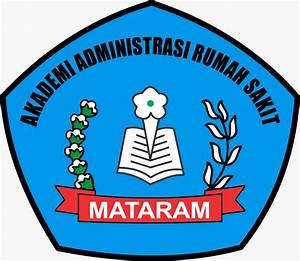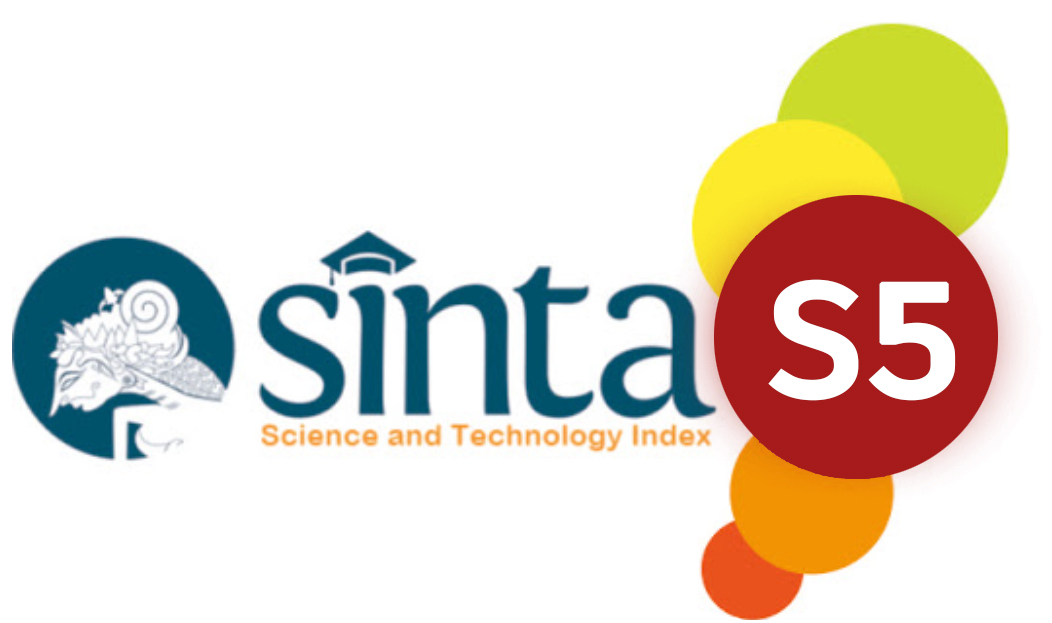PENGARUH PENGGUNAAN ABU CANGKANG KELAPA SAWIT TERHADAP STABILITAS MARSHALL PADA CAMPURAN LAPIS ASPAL BETON AC-BC (ASPHALT CONCRETE - BINDER COURSE)
DOI:
https://doi.org/10.59003/nhj.v4i11.1407Keywords:
AC-BC, filler, marshall characteristic, KAOAbstract
Utilization of palm oil waste can be used as a road pavement material. In this study, the waste used in the form of palm oil shell ash. Availability of palm shell ash which is quite a lot is expected to provide better performance as a filler for mixture of asphalt concrete binder course (AC-BC). This study was conducted to determine the effect of the use of oil palm shell ash on marshall stability in laston AC-BC. Determination of the value of the Optimum Asphalt Content of the mixture was carried out by varying the content of the oil palm shell ash filler, namely 0%, 20%, 30%, 40%, 50% and 60%. Furthermore, the durability test or immersion by varying the temperature 25℃ and 60℃ with immersion time 4 hours, 24 hours and 48 hours. The result of this study obtained KAO values based on filler variations, namely 0% shell ash 5,6%, 20% shell ash 5,7%, 30% shell ash 5,725%, 50% shell ash 6%, and 60% shell ash 6,1%. The optimum stability was obtained at 1297,57kg at 40% filler variation of oil palm shell ash. Furthermore, the results of the durability test of the asphalt mixture obtained that the Residual Stability Index value at 0% filler variation with an immersion temperature of 25℃ was 93,176%, then at an immersion temperature of 60℃ was 90,390%. While at 40% filler variation the value of the Residual Stability Index obtained with an immersion temperature of 60℃ is 93,965%. This overall shows that the use of oil palm shell ash in asphalt mixtures still meets the minimum requirements of Bina Marga 2018 which is 90%.
Downloads
References
Azhari, Denny. 2018. “Analisis Pengaruh Penggunaan Crumb Rubber Sebagai Bahan Penambahan Aspal Dengan Filler Abu Cangkang Sawit Untuk Campuran Asphalt Concrete-Binder Course (AC-BC).” Biomass Chem Eng 3(2): 114.
Carlina, Serli, 2013, Pengaruh Variasi Temperatur Pemadatan Terhadap Nilai Stabilitas Marshall Pada Laston AC-WC. Jurusan Teknik Sipil. Fakultas Teknik. Universitas Lampung. Lampung.
Fajri Munawarah, Sulaiman Ar, Gustina Fitri. 2019. Substitusi Abu Cangkang Sawit Terhadap Kinerja Campuran Beton Aspal Lapis Aus (AC-WC). Politeknik Negeri Lhokseumawe. Banda Aceh.
Glenn, R. Kemp and Nelson, H. Predoehl, 1981, “A Comparison of Field and Laboratory Environments on Asphalt Durability”. Proceeding Association of Asphalt Paving Technology, Vol. 50. Pp. 492-537. San Diego, California.
Kementrian Pekerjaan Umum. 2018. Spesifikasi Umum Jalan Dan Jembatan. Jakarta: Direktorat Jenderal Bina Marga.
Kurnia, Aztri Yuli, et al. "Pemanfaatan Limbah Cangkang dan Abu Tandan Sawit Terhadap Karakteristik Laston Wearing Course dan Binder Course." Simposium II UNIID 2017 2.1 (2017): 507-512.
Miftahul Fauziah, Hendri Febriansyah. 2013. Pemanfaatan Limbah Cangkang Kelapa Sawit untuk Meningkatkan Kekuatan dan Keawetan Campuran Asphlat Concrete Binder Course (AC-BC). Universitas Islam Indonesia. Yogyakarta.
Mukhlis, Lusyana, et al. 2019. Analisis kinerja indeks kekuatan sisa (IKS) campuran Asphalt concrete wearing course (AC-WC) dengan cangkang sawit sebagai substitusi agregat halus. Universitas Sultan Ageng Tirtayasa.
Nisumanti, S., & Yusuf, M. (2020). Pengaruh Arang Cangkang Kelapa Sawit Sebagai Pengganti Filler Aspal shell penetrasi 60/70. Jurnal Tekno Global, 8(2).
Nuswantoro, Desriantomy dan Edwin. (2003) Penggunaan Abu Cangkang Kelapa Sawit Sebagai Tambahan Filler Pada Campuran Aspal Panas Jenis Hot Rolled Sheet (HRS). Universitas Palangka Raya. Palangkaraya. Kalimantan Tengah.
Oglesby, Clarkson H, Purwo Setianto. 1999. Teknik Jalan Raya. Jakarta Erlangga. 514 hal.
Downloads
Published
How to Cite
Issue
Section
License
Copyright (c) 2025 Hermon Frederik Tambunan

This work is licensed under a Creative Commons Attribution-NonCommercial-ShareAlike 4.0 International License.
NHJ is licensed under a Creative Commons Attribution-NonCommercial-ShareAlike 4.0 International License.
Articles in this journal are Open Access articles published under the Creative Commons CC BY-NC-SA License This license permits use, distribution and reproduction in any medium for non-commercial purposes only, provided the original work and source is properly cited.
Any derivative of the original must be distributed under the same license as the original.
























